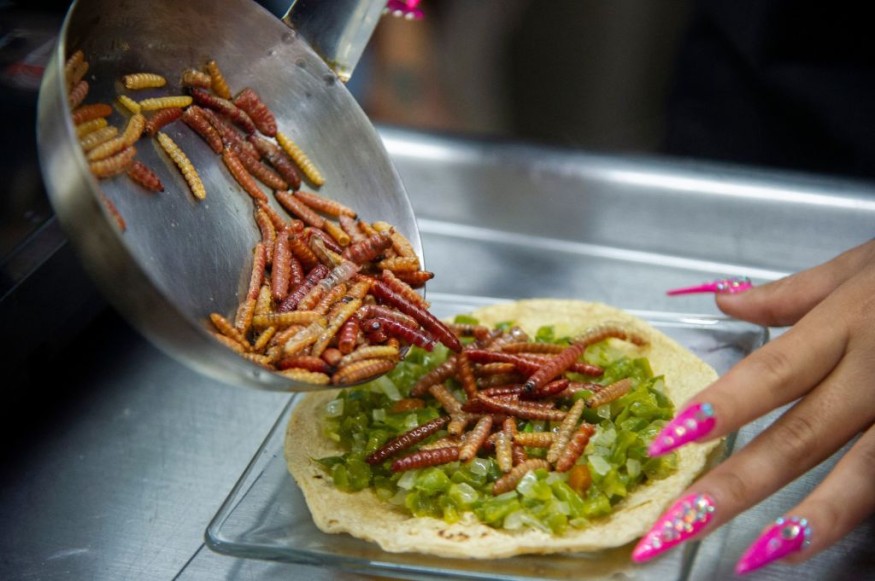Latin America: Top 5 Most Exotic Foods for Fearless Foodies

Each country in Latin America has its unique culinary tradition, and in some places, the food is so unique that it is considered exotic.
Foods that look like they belong in a horror movie at first appearance can be some of the most delicious things to eat, but not everyone can try them.
Top 5 Exotic Foods From Latin America
Latin America is home to mouth-watering dishes that give a taste of each country's flavorful culture and history. They also have exotic foods that could make your stomach turn when you look at them, but they taste great.
A Latin American proverb says that hunger is the best condiment. So, dive in and see if hunger is enough to make you eat these five exotic foods in Latin America.
Ñachi (Chile)
Although not widely consumed today, Ñachi or Ñache is a traditional dish from Chile that the Mapuche people first cooked. The animal in this dish can be a calf or lamb. It is prepared and cooked with the fresh blood of the animal. Adding lemon can coagulate the blood.
Various seasonings, such as onion, peppers, garlic, and coriander, can also be added. The dish is typically served with bread and white wine, according to Howlanders.
Hormiga Culona (Colombia)
The Hormiga Culona is a popular unusual delicacy in the Colombian region of Santander. Hormigas culonas are large leaf-cutter ants, also known as Atta Laevigata.
These ants, in size like cockroaches, are usually served roasted, fried, or as part of a sauce. However, it should be noted that only female ants are edible. Hormigas culonas are reportedly a good source of protein and low in saturated fat, and considered a sexual energizer.
Maguey Worms (Mexico)
It is a common misconception that maguey worms are worms when they are caterpillars. According to Atlas Obscura, the caterpillars' host plant is the agave plant, which you may know as maguey (mah-GAY) if you are a tequila connoisseur.
White and red maguey worms were formerly a vital source of nutrition for the Aztecs and are now considered some of the most renowned insects eaten in Latin America's Mexico. Today, they are used to produce tasty taco fillings and fried treats.
Sarapatera de Tortuga (Peru)
You cannot go to the Peruvian Amazon without becoming familiar with one of its most iconic dishes. This exotic food, known as the Zarapatera de Tortuga, is an asopado made of a turtle.
Since the soup must be cooked inside the animal's shell and over an open fire, its preparation is labor-intensive. To enhance the sweetness, the turtle is chopped into bite-sized pieces and seasoned with salt and grated banana.
Chontacuro (Ecuador)
In Ecuador, chontacuro worms are a traditional cuisine many people consume daily. They are high in protein, vitamin A, and vitamin C and are known for their healing properties.
Native people in Latin America claim that they can treat a wide range of ailments, from mouth and throat infections to asthma, lung problems, gastritis, and arthritis, according to Travel is Life.
Chontacuro is derived from the white larvae of the chontacuro worm that grows on the trunk of the Chonta Palm Tree. A species of beetle lays its eggs on the trunk of the tree. After around ten weeks, the eggs hatch into larvae, from which the worm is subsequently harvested.
They are reportedly kept alive until mealtime before they are cleaned, salted, seasoned, placed on a skewer, and grilled. They are typically grilled, although they can also be eaten raw.
This article is owned by Latin Post.
Written by: Bert Hoover
WATCH: HD La Zarapatera en Iquitos Plato de La Región.MTS - From KARINAZOLA HELLISEN
Subscribe to Latin Post!
Sign up for our free newsletter for the Latest coverage!

















